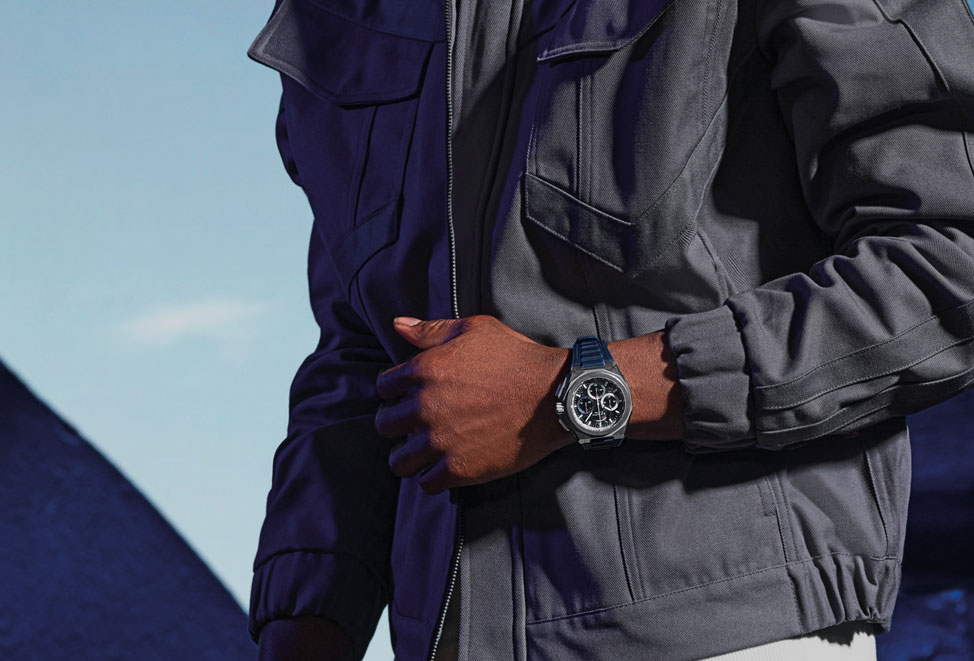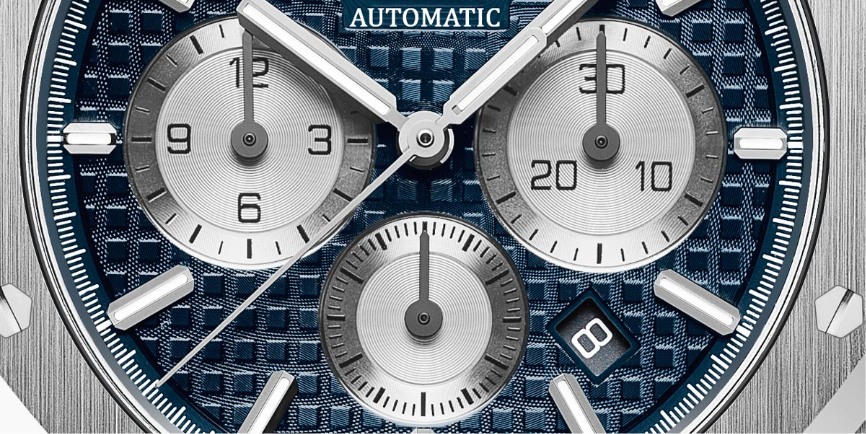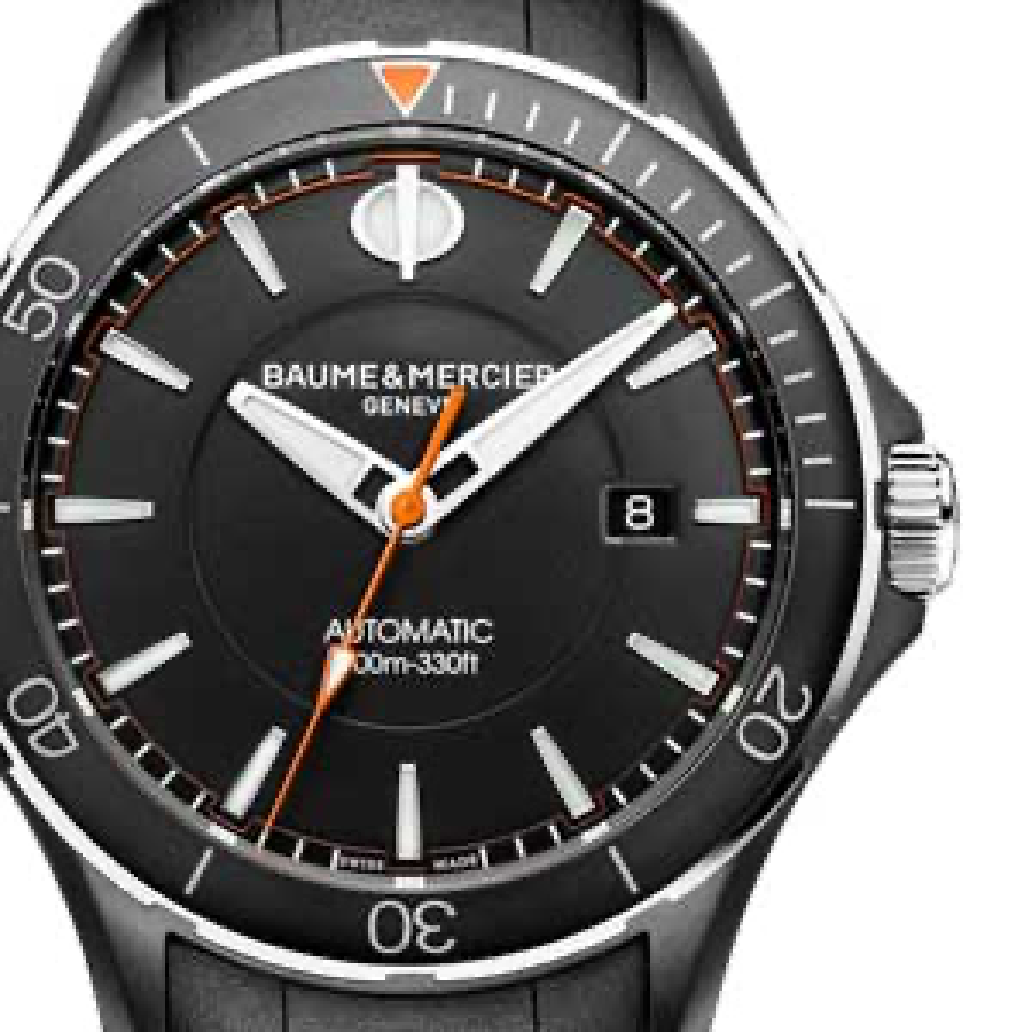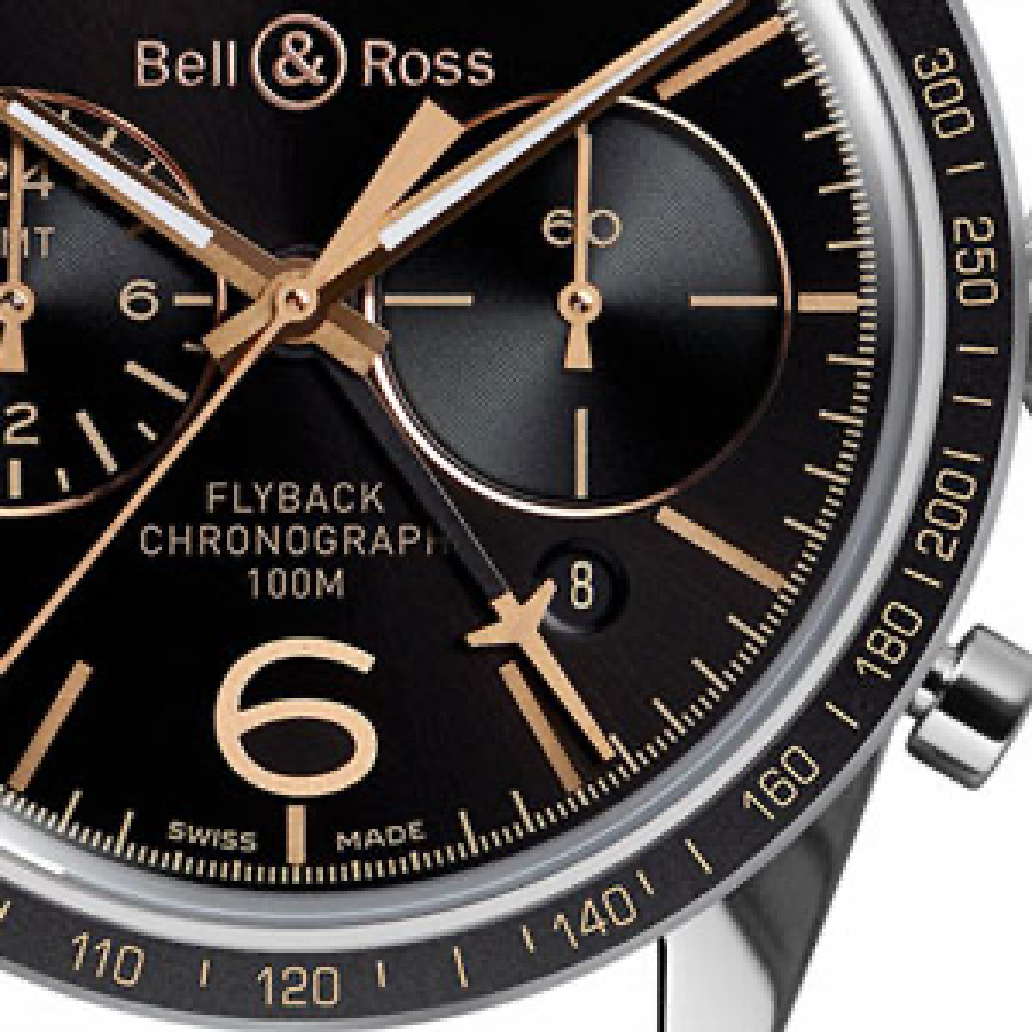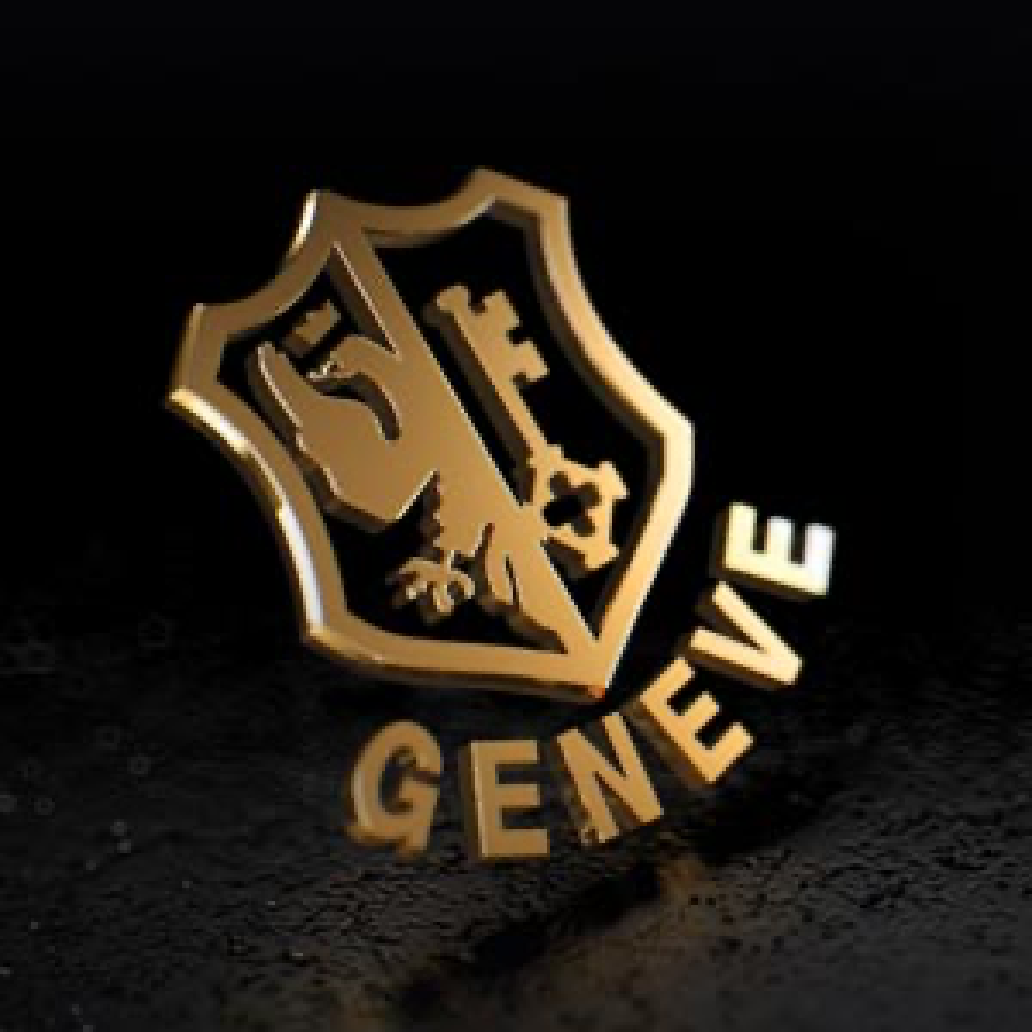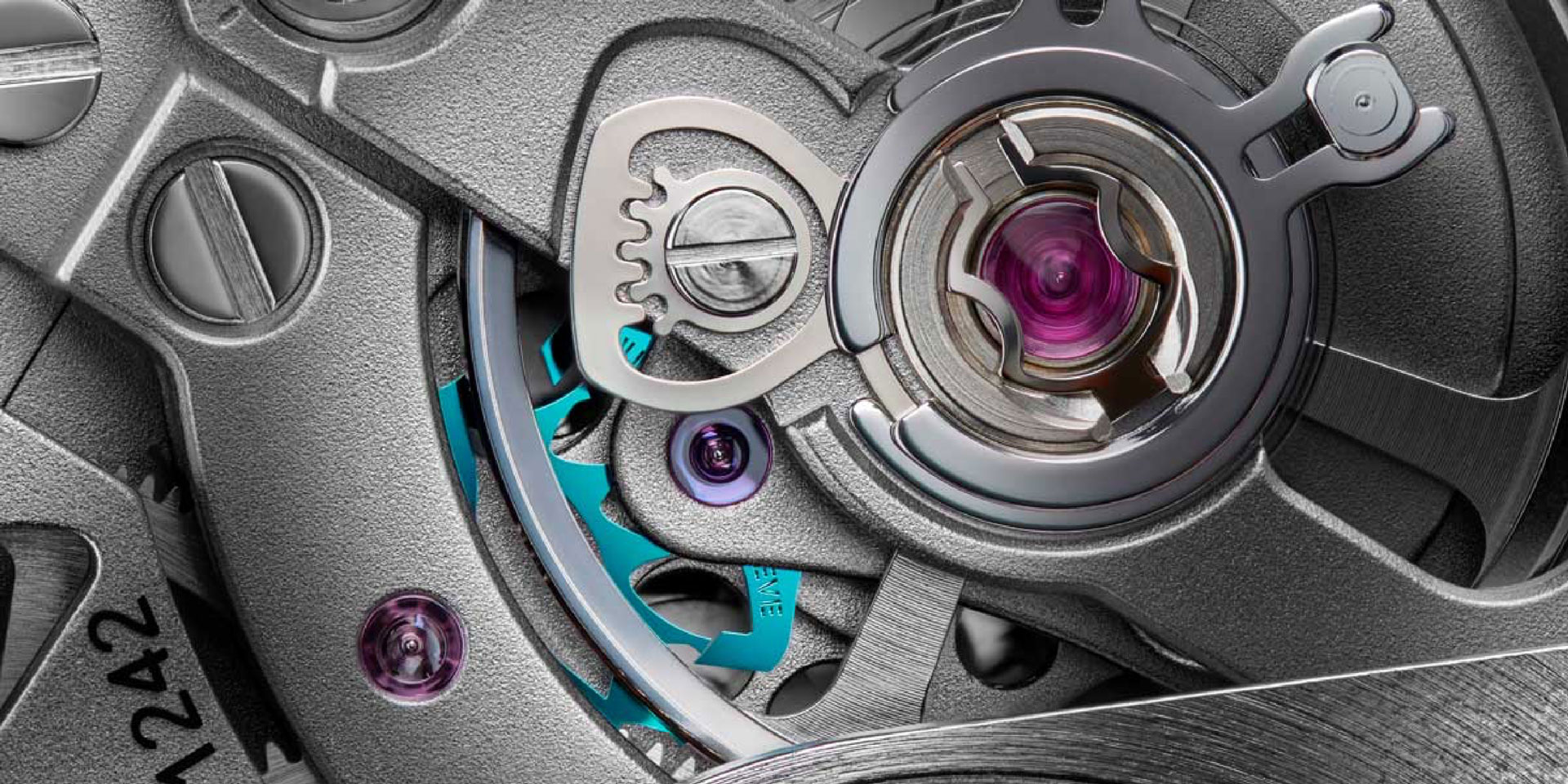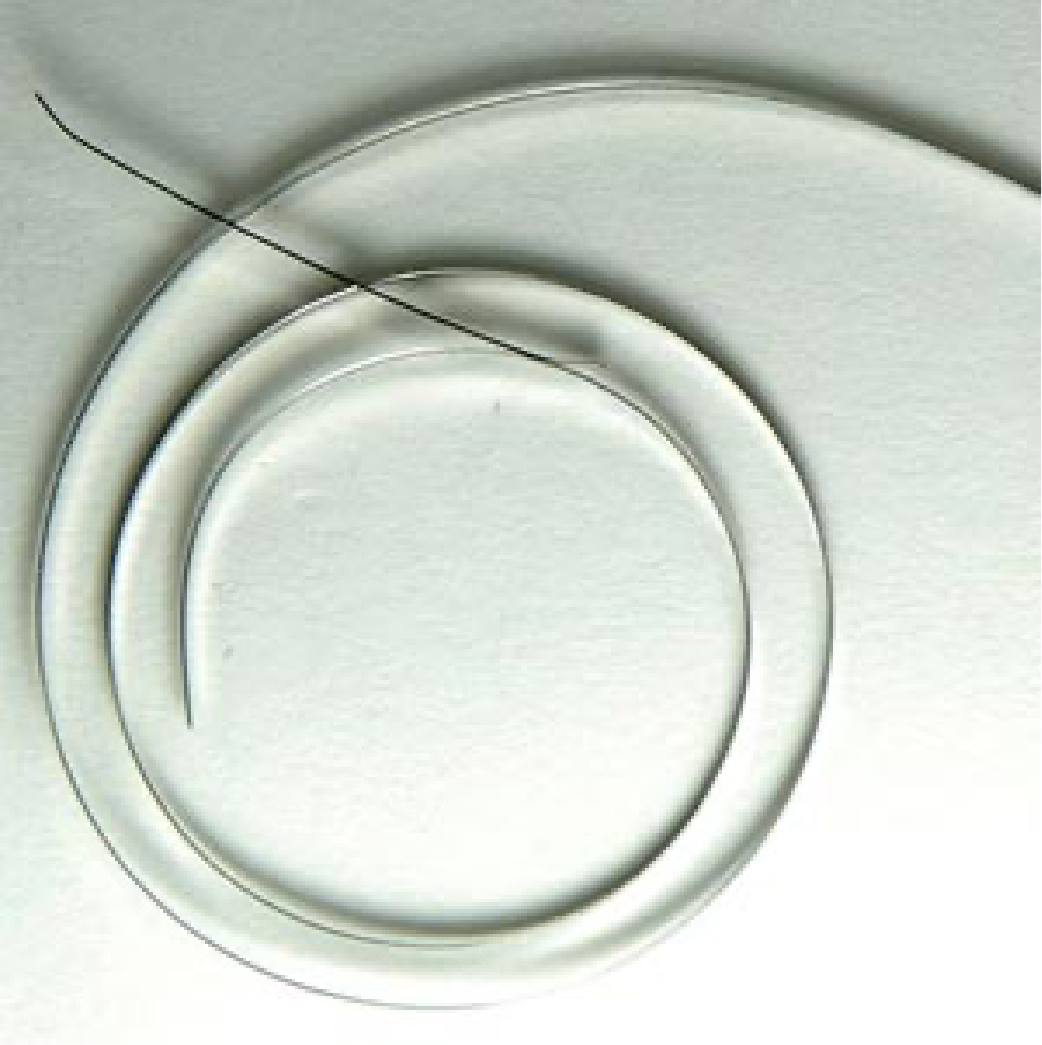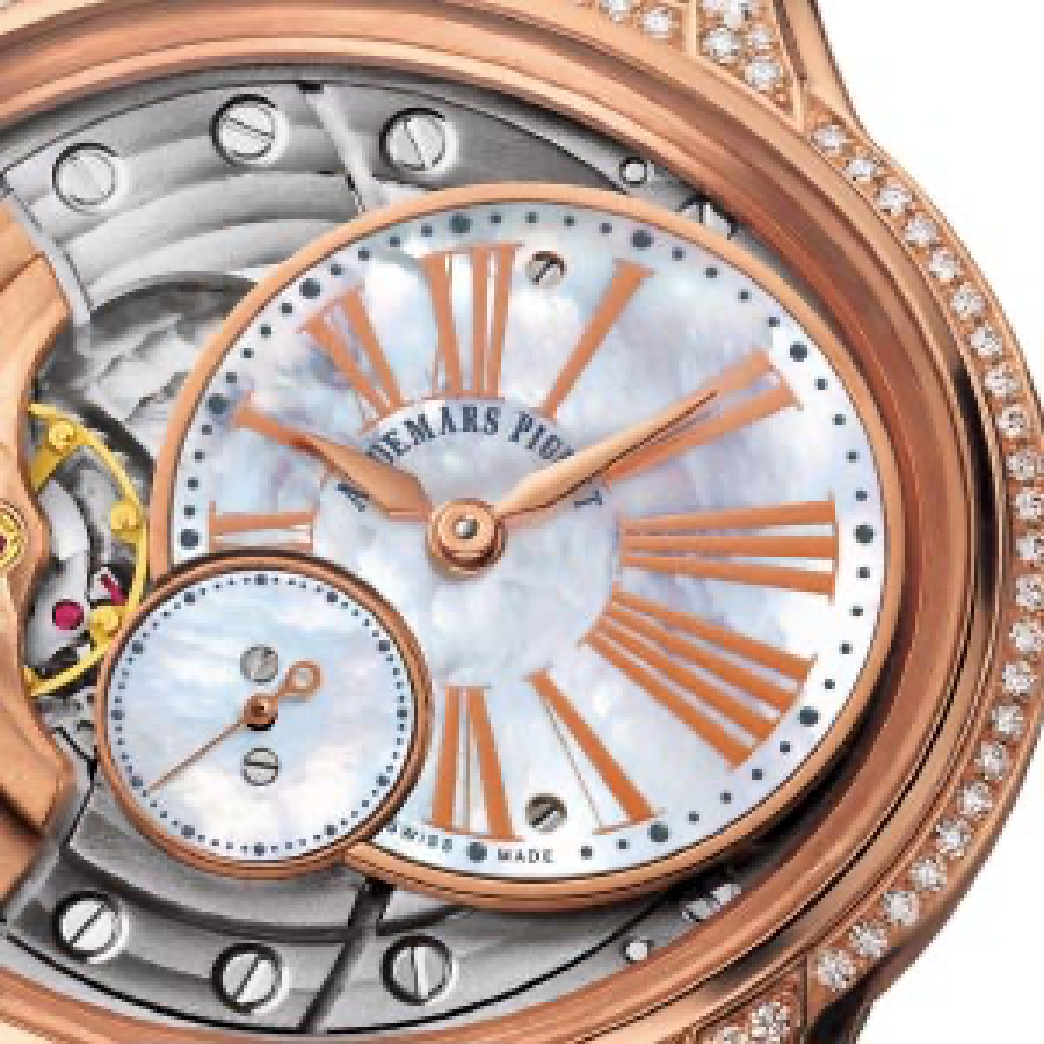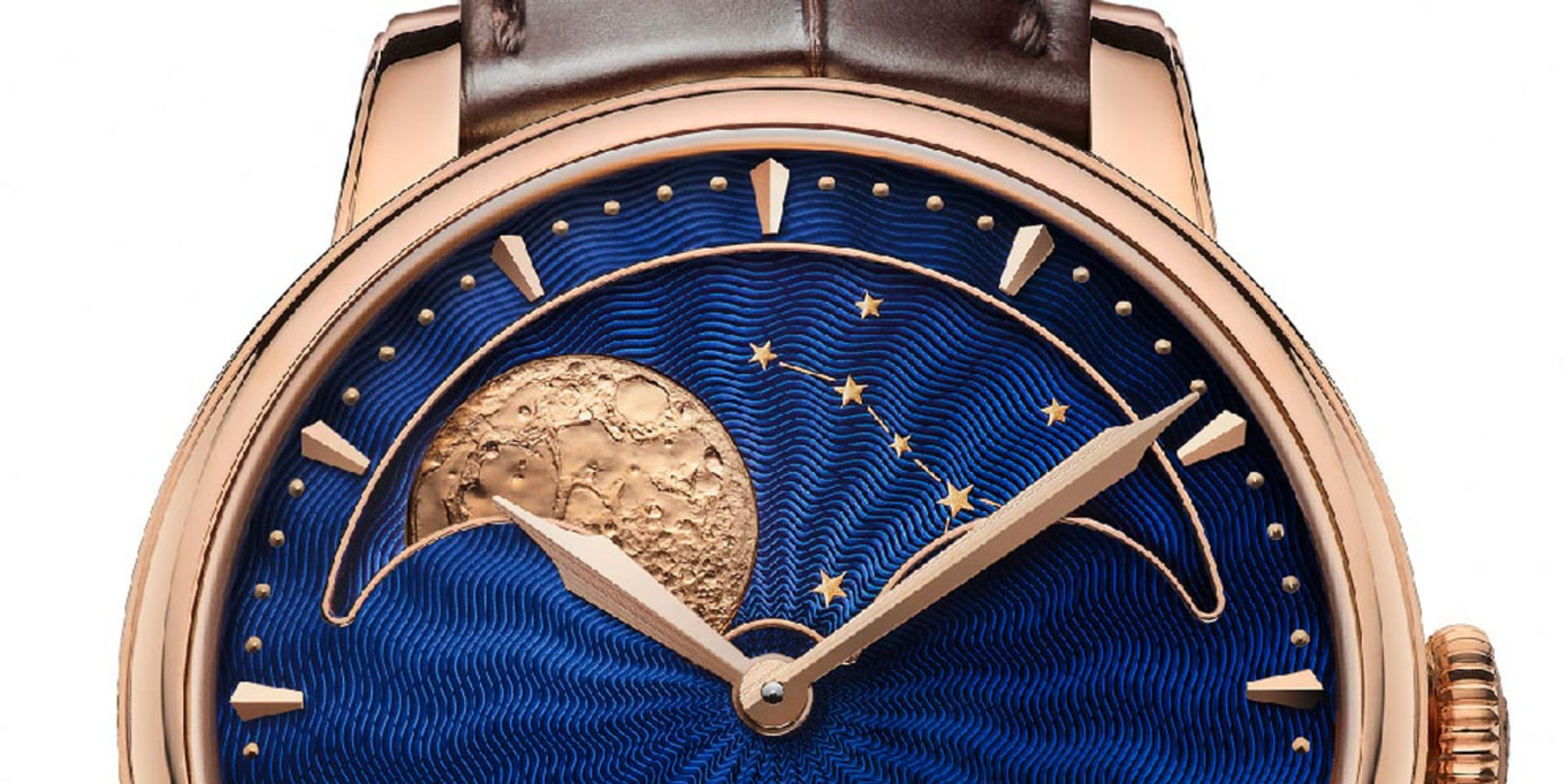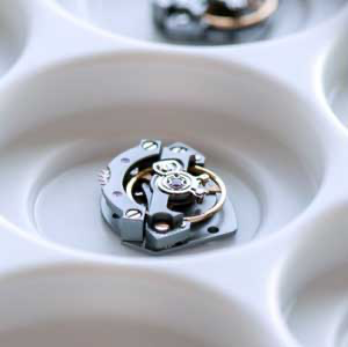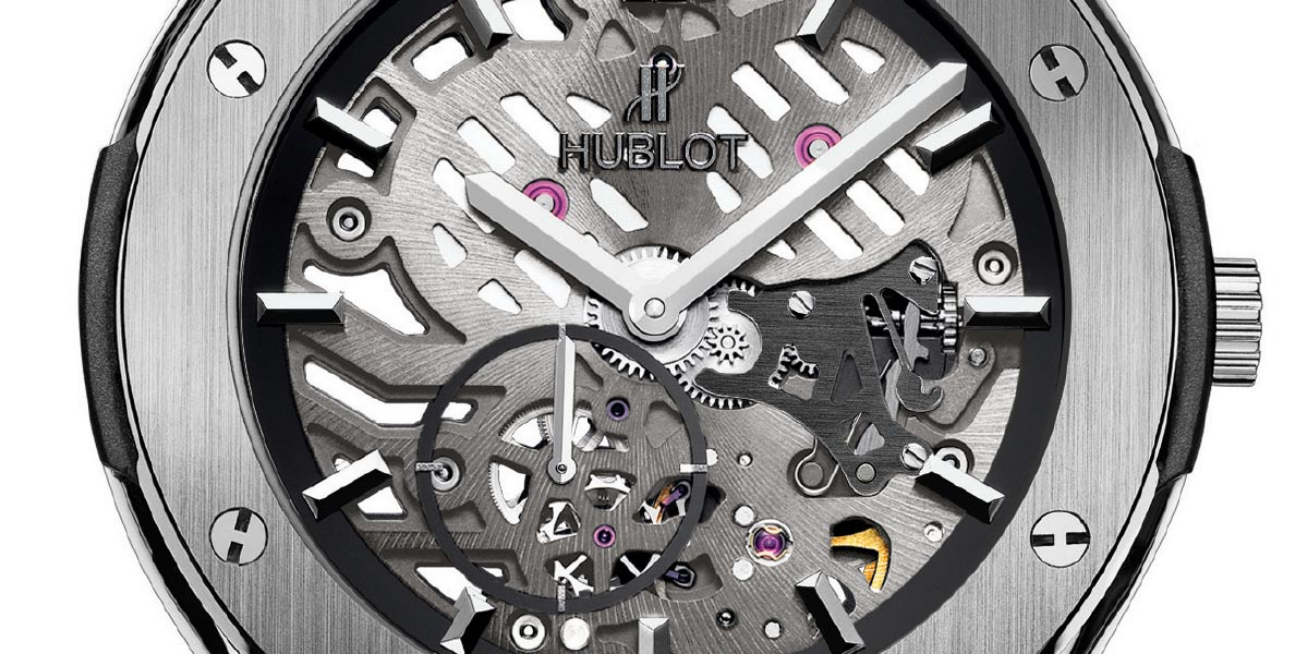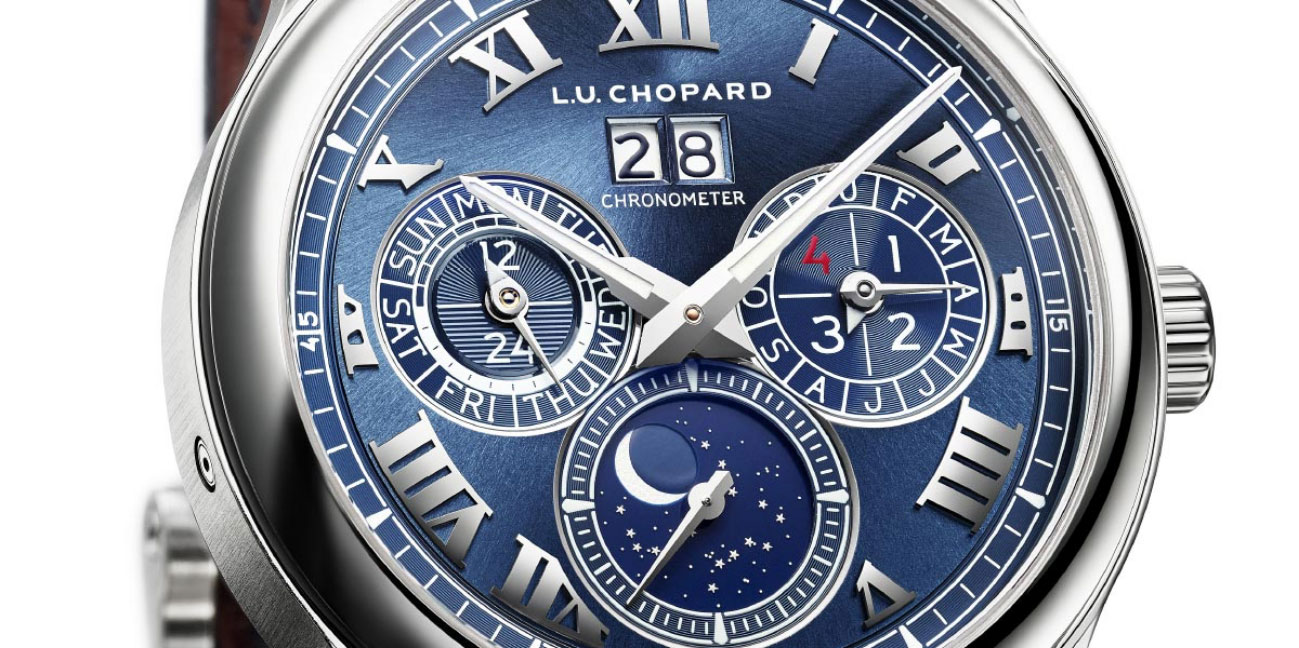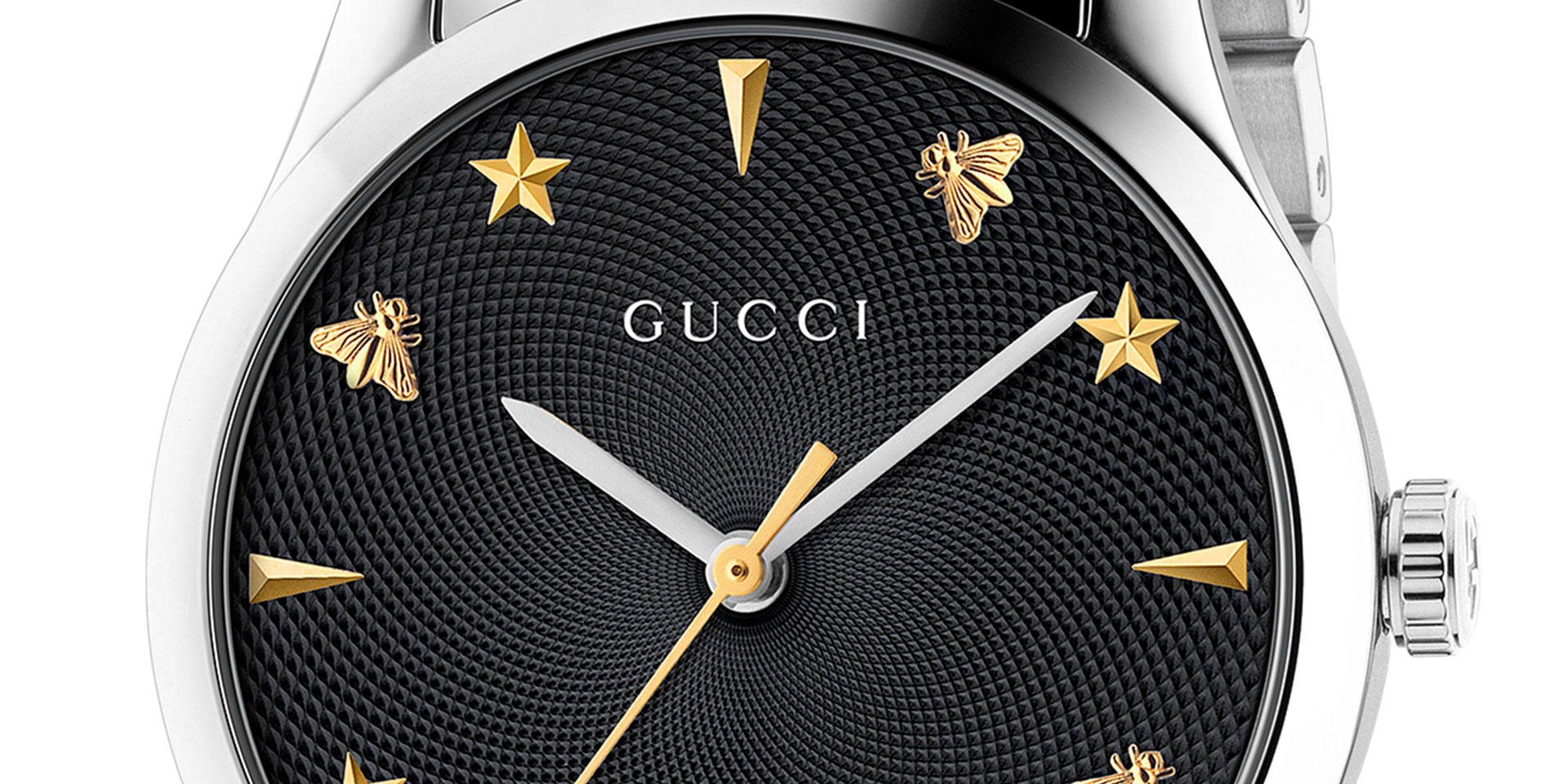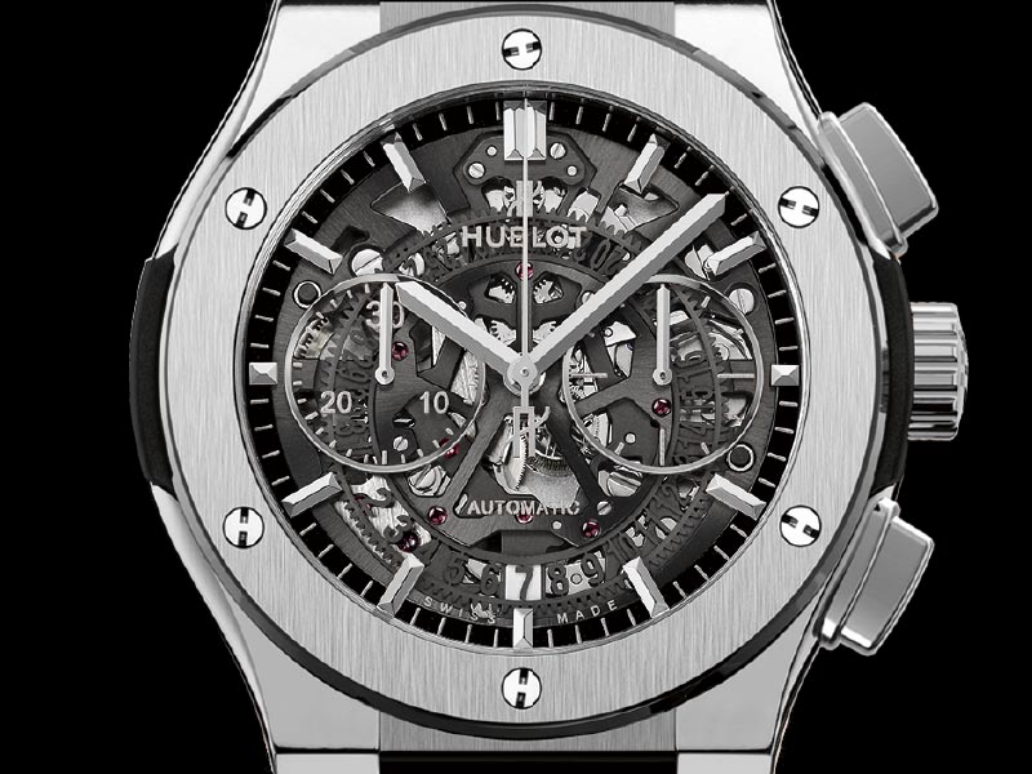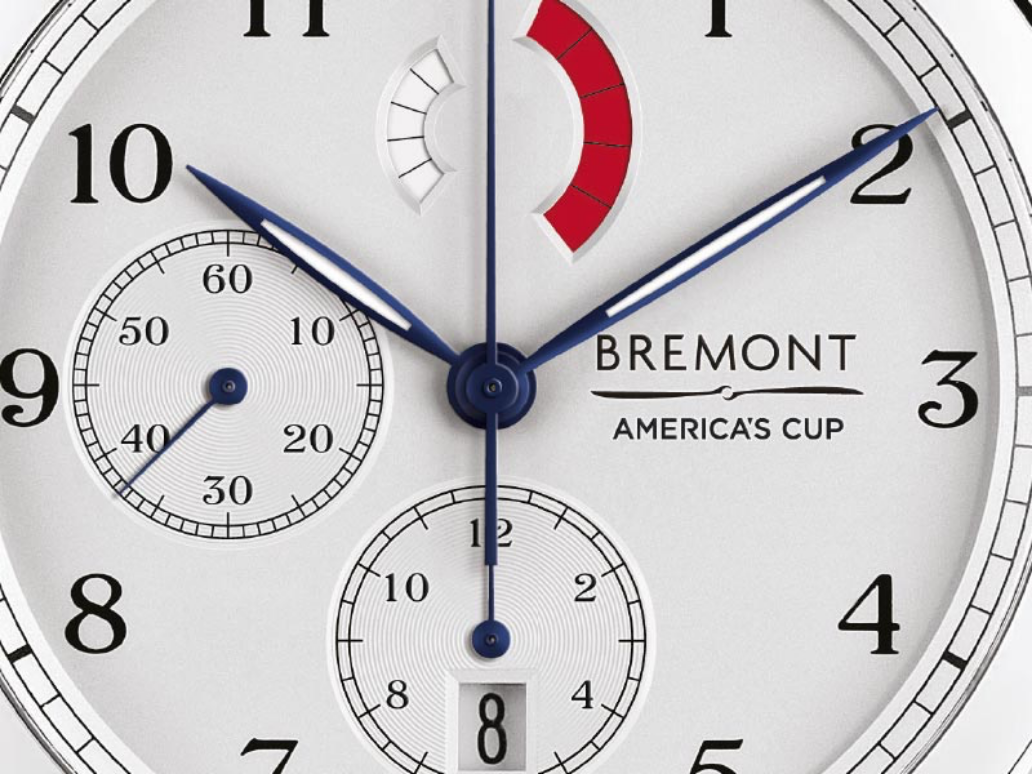THE ROX WATCH GLOSSARY
Breaking Down your Beloved Watch
Discover the unique parts that make up your luxury timepieces as we break down the watch jargon.
Jump to section or scroll down.
Automatic
An automatic watch is a watch that operates through the continued motion of the wearer's wrist. Automatic wristwatches do not need winding if worn daily. The energy is stored by using a half-disc metal weight, called a rotor, which spins when the arm is moved. This energy is used to power the watch and can keep the watch going at night or while the watch is not being worn. Stored energy in an automatic wristwatch can keep an unworn watch running for 24 to 48 hours.
Barrel & Bezel
The Barrel is a cylindrical box in which the mainspring of the watch is housed. The toothed rim of this barrel drives the train of the watch. The Bezel is the outer ring that encloses the watch dial and glass face. It can be plain, or inscribed with various markings as timing features.
Calibre & Case
The Calibre is the name for a watch movement before it is fitted into a watch case. They are usually distinguished with a name or number dependant on the manufacturer. The Case is the housing for the watch movement and offering the main design focus for a piece. It offers protection against water, dust and shocks and can be crafted from a multitude of materials.
Chronograpgh
A watch chronograph provides a stopwatch function that can record time durations. It generally has a separate second hand and can record – seconds, minutes, hours and in some cases days. These are usually displayed on sub dials, featured on the face of the watch and the function is stopped, started and reset by two pushers, normally situated either side of the crown.
Chronometer COSC
COSC – Contrôle Officiel Suisse de Chronomètre - the Official Swiss Chronometer Testing Institute, which is the institute responsible for certifying the accuracy and precision of wristwatches in Switzerland. . A Chronometre is a watch that passes the test set by the COSC. The tests are operated at various temperatures and positions and the watch must function to within -4 / +6 seconds daily.
Crown
A button on the end of a stem that leads to the internals of the watch movement. When pulled out you can set the time and date and simply push it back in to allow the watch to continue working. It is also where mechanical / automatic watches can be wound by hand.
Complication
An additional feature added to a watch movement that is additional to its normal functionality. These can include; Chronographs, Moon-Phases, Repeating Mechanisms, Tourbillions, Second Time Zones, Calendars.
Dial and DLC
The main display of a watch, also known as the face. It can also feature sub dials in order to read various different complications – eg; Chronograph timing, Moon phase and Power reserve. Some pieces can also feature various materials or textures to add dimension. Mother-of-Pearl is common in ladies pieces. DLC or Diamond-like carbon is a form of carbon that displays some of the unique properties of natural diamond. When applied to watches, it produces a grey/black finish that is highly scratch and corrosion resistant.
Divers Watch


A Diving piece will have certain features in order to allow for its complete functionality under water and at deep depths. Uni-Directional Bezel – The wearer sets the ‘0’ on the outer bezel at the time of which they enter the water. This then allows a time to be read from this point to understand the duration of which the wearer has been diving. The purpose of it being Uni-directional (only able to turn one way) is that once in the water, if the bezel is accidently turned without the wearer noticing, it will show their duration as being used up, and they will exit the water before it would be damaging to their health. It doesn’t allow for it to show the diver still having time remaining that they don’t. Essentially it is a safety feature.
Water Resistance – The water resistance of the piece if massively increased. It is usually 200-300+ metres W/R. This is enabled by utilizing helium escape valves to regulate the pressure within the watch, a thicker watch case and tougher materials in which they are produced.
Screw Down Crown – The crown once returned to its normal position to allow for the watch to function is then screwed down further into the case. This allows for an ait tight seal and no water to pass through this opening into the case. Bracelet / Strap – They will feature a metal bracelet or a rubber strap, never leather. As leather will be ruined after being submerged in water.
Watch Face – The watch faces are a colour scheme to allow for clear visibility. They are plain and simple and the indices / numbers are usually larger along with the hands to allow for easy reading of the time. Set with a bright Luminescence material, often much stronger than standard watches to allow for a brighter and longer lasting glow in low light depths.
Equation of Time
The Equation of Time complication shows the difference between “clock time” and what a precisely accurate sundial would show. The earth’s rotation wobbles, and so the sun is not at the highest point in the sky at 12:00:00 noon every day. The Equation of Time shows the difference between the highest point in the sky’s time and 12:00:00 noon.
Escapement


An escapement is a device in mechanical watches and clocks that transfers energy to the timekeeping element (the 'impulse action') and allow the number of its oscillations to be counted (the 'locking action').
The impulse action transfers energy to the clock's timekeeping element (usually a pendulum or balance wheel) to replace the energy lost to friction during its cycle to keep the timekeeper oscillating.
The escapement is driven by force from a coiled spring or a suspended weight transmitted through the timepiece's gear train. The amount of stored energy, energy loss and efficiency of transfer to the timekeeping element determines the time a clock will run after it has been wound.
The escapement releases the tooth of a gear which therefore changes from a 'locked' state to a 'drive' state until the opposite arm strikes another tooth on the gear, which will then locks the gear again. A clock's tick is the sound of the gear train stopping as the escapement locks. The gear train is accelerated and decelerated with each tick of the clock.
This locking action of the escapement allows each cycle of the timekeeping element to be counted. During each cycle the escapement permits a gear train to advance or escape slightly. The periodic advancement results in moving the timepiece's hands forward at a steady rate. This starting and stopping action accounts for most of the energy usage from the spring or weight when a clock is in good working order.
Flyback Chronograph
The wearer can simply hit the ‘Reset’ button on the chronograph and it will reset but begin timing again. It means you do not have to perform the ‘Reset – Start’ function like normal pieces.
Geneva Seal
Sometimes referred to as the Geneva Hallmark or Poinçon de Genève, it is a awarded to watch movements of the highest quality manufactured in the Canton of Geneva. Watch movements that pass the bureau in Geneva’s 12 criteria are stamped with the seal.
Glow on watch dials luminescent
This is the light emitting material placed on watch hands, dials and indices. It allows for easy reading of the time in dark or low light conditions. It is charged by natural and artificial light sources as the user wears the watch. It is created using various chemicals and merging them together.
GMT
The bezel is marked off in 24 hour indices. The GMT hand moves at exactly one half the speed of the standard 12 hour hand. Therefore, it indicates the time using a 24 hr format and is always read off the bezel. The Mercedes hand (12 hour hand) can be set independently from the 24 hour hand and is always read off the regular 12 hour dial. If you want to track a 3rd time zone, you can rotate the bezel off by the number of hours of that new time zone as the bezel on a GMT is Bi-Directional.
Grande Complication
Is a watch with several complications, the most complex achievements of haute horlogerie, or fine watchmaking. It generally refers to a watch with the most complicated of complications all in one piece. EG – Tourbillion, perpetual calander, minute repeater. (Audemars Piguet).
Horology
This is the art of measuring time. It is the essence of watchmakers and watch wearers and what defines your love and passion for watches.
Helium Escape Valve
The Helium Escape Valve provides functionality for professional divers operating at great depths for prolonged periods of time or under saturation. It essentially ensures the pressure is adequate for the watch to function while diving for long periods of time.
The Helium Escape Valve is featured in TUDOR divers watches.
Jewels
Jewels are the small Sapphires and Ruby's in a watch movement that are present at moving parts that require a bearing. These jewels are used as opposed to metals with oil as they reduce friction, do not seize up, are long lasting and require little maintenance. Therefore, they dramatically improve the accuracy of the movement.
In unjeweled bearing's, the driving gear of the watch can wear down the holes supporting the rotating shaft, turning it into an oval shape causing the movement to seize.
Lugs
The extended parts of a watch case that a bracelet / strap are attached to.
Manual
Wound by the crown, the watch is charged, however unlike and automatic it does not contain a rotor disc therefore does not charge by the movements of the wearer’s wrist.
Main Spring
Housed in the barrel, this spring is wound and tightened by the winding of a watch or as the wearer induces the rotor to spin. As the mainspring unwinds itself it powers the watch.
Minute Repeater
The watch repeater is a chime function that can be altered to operate at different timed intervals – hours, half hours, quarter hours and sometimes minutes. The chime noise is produced by a striking hammer which strikes either the case or an added internal piece within the watch. Repeaters are usually produced by luxury brands including Hublot as due to their intricacy of design they are time consuming and expensive to produce.
Mother of Pearl
Iridescent material taken from the inside of shells. Normally white, but can be coloured pink, grey or blue. When used on watch dials, it reflects light and colour and adds a delicate, feminine finish.
Moon Phase
The 'Moon Phase' was originally created to mimic the moonphase complication in clocks. The primary function is to simply indicate the amount of available illuminance at night. Also knowing the phases of the moon can provide information on tides.
On a good moonphase movement the disc rotates every 59 days showing the 29 & a half period in the window with the small bumps providing the information on waxing or waining. In this modern world they have no use other than to demonstrate the expertise of the watch maker/manufacturer.
Movement
Is the internal mechanism of a watch. A movement is what powers a watch and can be; automatic, manual or quartz.
Open Aperture
The aperture on a watch dial is for purely aesthetic reasons. They allow you to see through the dial and onto the movement, also part of the date wheel etc. It can also be used to give a false impression of a Tourbillion in the watch face.
Perpetual Calendar
In watch making, a perpetual calendar describes a calendar mechanism that correctly displays the date on the watch ‘perpetually’, taking into account the different lengths of the months as well as leap days. The internal mechanism will move the dial to the next day. This is an extremely precise function which is very difficult to produce. Standard watch calendars will operate on a 30 day cycle function and will require resetting most months in order to hold an accurate date.
Power Reserve
The Power Reserve indicates how much power is left in the tension spring when the watch is fully wound. There are numerous devices for recording the amount of mainspring power stored in the barrel. Power Reserve indicators were employed very early on marine chronometers and later in the accurate railroad grade pocket watches. Today they are used in wrist watches.
Pvd (Physical Vapour Depsition)
Is a method of coating watch cases. It is based on the principles that titanium nitrate is added within a vacuum environment to the metal and a coating eg Yellow Gold, Black etc is added on top. This method is more beneficial to 'plating', as the colouring is deeper absorbed into the metal, so any rubbing or scratching shouldn't take the colouring away.
Quartz
A Quartz watch is battery powered. It is called 'Quartz' as it uses synthetic quartz inside the movement to vibrate in response to an electric charge. These vibrations are what make the escapement move, therefore the watch ticks round and keeps time.
Quartz watches can be Analog – rotating hands on the dial, or digital – Numbers generated on a small screen. These watches usually require less maintenance than an Automatic – minus a battery change – and are usually more accurate as Automatic watches can be dependent on the steadiness of the oscillating wheel. They can also be made slimmer than an automatic as there are less mechanical parts required.
Sapphire Crystal
Highly scratch-resistant, Sapphire Crystal is the most popular glass to use for a watch. Its protection qualities against scratches and shock ensure it protects your watch and also itself remains undamaged, making reading the time easy as no scratches cover the surface.
Self Winding
A self winding watch is wound exactly the same as an Automatic, yet it has no ability to automatically charge itself based on simple movement. It requires resetting and recharging almost every 12 hours. Self winding watches are traditionally used as cheap alternatives to Automatic movements as they do not have the rotor disc function of recharging.
Sub Dials
Sub dials are mini dials on a watch face that allow for various things to be read dependant on their function. Eg Date, Chronograph Timers.
Skeleton Movement
A movement in which the dial is no longer present, the bridges, plates and wheels have all been modified in order to make the movement appear attractive from a front view. Sapphire Glass usually is placed on the rear of the case also, making it almost transparent and the movement becomes a visual masterpiece.
Tachymetre & Telemetre
The Equation of Time complication shows the difference between “clock time” and what a precisely accurate sundial would show. The earth’s rotation wobbles, and so the sun is not at the highest point in the sky at 12:00:00 noon every day. The Equation of Time shows the difference between the highest point in the sky’s time and 12:00:00 noon.
Tourbillon
A Tourbillion's aim is to counter the effects of gravity on a watch's second hand sweeping around the dial.
The escapement and balance wheel are placed within a rotating cage to negate the effect of gravity when the timepiece – and thus the escapement – is sitting in a certain position without moving.
The aim for the tourbillion is to improve accuracy of the watch as gravity is no longer a factor. Tourbillions are extremely expensive to produce and highly advanced, therefore require a large amount of time, effort and expertise to produce. This means they are usually found in the top line of luxury Swiss brands including
Water Resistance (Atm)
Suitable for everyday use. Splash/rain resistant
NOT suitable for diving, swimming, snorkeling, water-related work or fishing
Suitable for swimming, white water rafting, non-snorkeling related work and fishing.
Suitable for recreational surfing, swimming, snorkeling, sailing and water sports.
Suitable for professional marine activity and serious surface water sports
Minimum ISO standard for scuba diving at depths not requiring helium gas
Diver’s 100m and 150m watches are generally old(er) watches
Suitable for scuba diving at depths not requiring helium gas
Typical ratings for contemporary diver's watches
Diver’s 300m+ Helium Safe
Suitable for saturation diving (helium-enriched environment)
Watches designed for helium mixed-gas diving will have additional markings to point this out
World Timer
A dial that tells the time of up to 24 time zones around the world. The names of the cities are printed on the dial. The hour in a particular zone can be read by looking at the scale next to the city that the hour hand is pointing to. The minutes are read in the normal way. The dial is usually found on the outer edge of the watch face. Watches with this function are called World Timers.
Why Shop With ROX
ROX is an award-winning British luxury jeweller and authorised stockist of the world’s finest watches, offering interest free finance, easy returns, price promise, click and collect and free next day delivery.
Discover More























